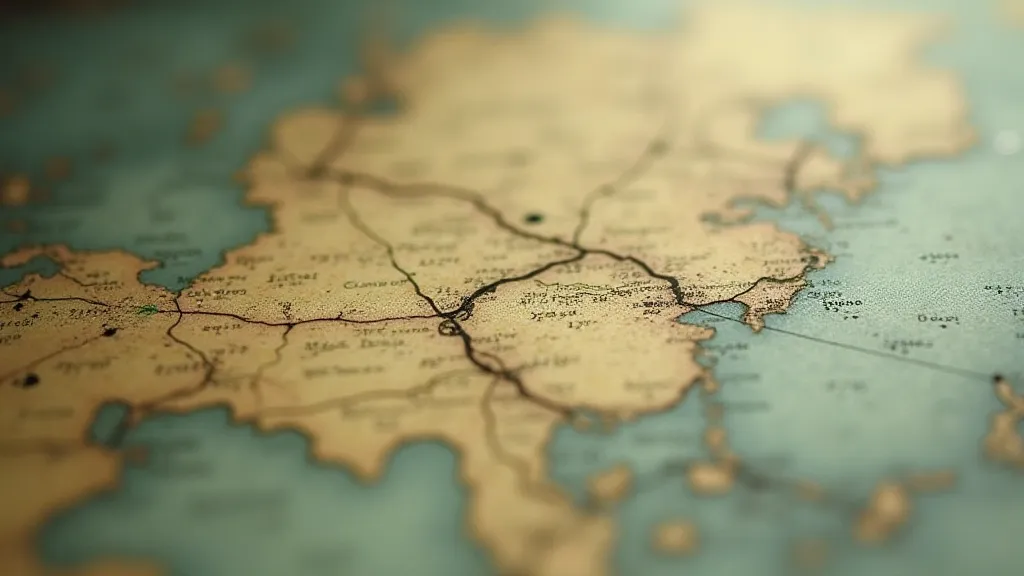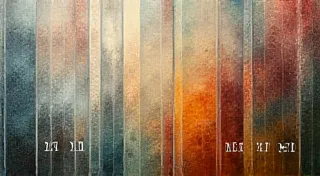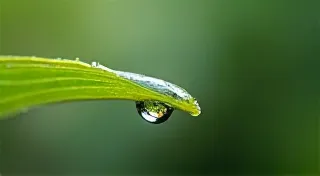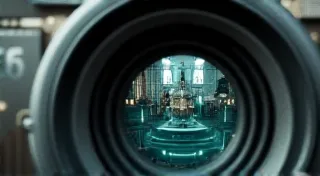The Spectrum's Fragility: An Exploration of Impermanence in Color Photography
There’s a profound beauty in things that don’t last. I’m not speaking of a melancholic sadness, but rather a deep, appreciative reverence for the ephemeral. Think of a perfectly tuned antique accordion, its bellows sighing a melody decades old, each note carrying the echo of countless performances. It’s beautiful precisely because it’s delicate, susceptible to time and touch, holding a history both vibrant and vulnerable. The same holds true for Victorian-era color photography – a pursuit steeped in artistry and fragility, a constant negotiation with impermanence.
Before the rise of easily reproducible, chemically stable color film, the yearning for color in photography was an obsession. Black and white prints, while offering a certain stark elegance, simply couldn't capture the richness of the world as perceived by the human eye. The earliest attempts at color photography were complex and, frankly, unreliable. Processes like the Autochrome, invented by the Lumière brothers in 1907, offered a glimpse of this vibrant world, but at a significant cost: a breathtakingly delicate legacy destined to fade.
The Autochrome process itself was ingenious. Tiny grains of dyed starch were applied to a glass plate, arranged in a mosaic pattern to act as tiny filters, capturing red, green, and blue light. When exposed in a camera, these grains recorded an additive color image, which was then viewed as a positive. The resulting images possess a soft, dreamlike quality – a painterly aesthetic that’s utterly captivating. Yet, this beauty was inextricably linked to fragility. The starch grains, so crucial to the process, were highly susceptible to light and moisture, leading to discoloration and the inevitable shift towards muddy browns and grays.
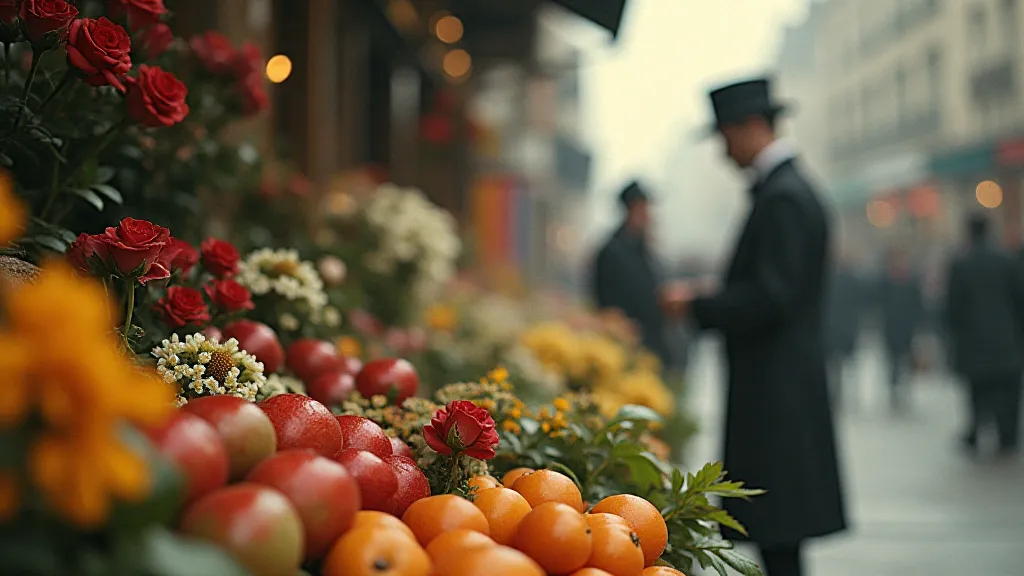
The Chemist’s Constant Battle
The photographers of the Victorian era weren't just artists; they were alchemists, constantly experimenting to combat the inevitable decay. They understood that their craft wasn’s merely about capturing an image, but about preserving a moment against the relentless march of time. Consider the hand-tinting process, often employed in conjunction with processes like albumen prints or gum bichromate. These weren’t about adding a veneer of color, but about integrating color into the very fabric of the photograph, painstakingly applying pigments with delicate brushes.
The chemicals used were frequently unstable. Solutions required precise measurements and meticulous handling. Even the paper itself, often albumen or collodion, was vulnerable to degradation. Dust, humidity, and even improper storage could accelerate the fading process. The act of preservation became a vocation, a constant vigilance against entropy. Many early photographers documented their own experiments, not just their finished works, but also the careful record-keeping surrounding the chemicals and processes they employed – a testament to their commitment.
A Personal Connection: Discovering an Archive
I remember the first time I truly understood this fragility. Years ago, I was assisting a collector sorting through a newly acquired archive of Victorian photographs. The scent of aged paper and chemicals hung heavy in the air. Many of the prints were breathtaking – portraits of stern-faced patriarchs, idyllic landscapes, bustling city scenes – all rendered in those distinctive hues of hand-tinted ochre, rose, and cyan. But many others were ghosts of their former selves, the colors long drained away, leaving behind a monochromatic echo of what once was.
One particular print, a portrait of a young woman with a delicate flower in her hair, was especially poignant. The original colors, judging by the remaining pigment traces, must have been vibrant – the pink of the flower, the warmth of her complexion. Now, it was a pale, faded image, almost ethereal in its sadness. It was a stark reminder that even the most skilled artistry couldn’t completely conquer time. That experience cemented my appreciation not only for the technical skill involved in Victorian photography, but also for the emotional weight of its impermanence.
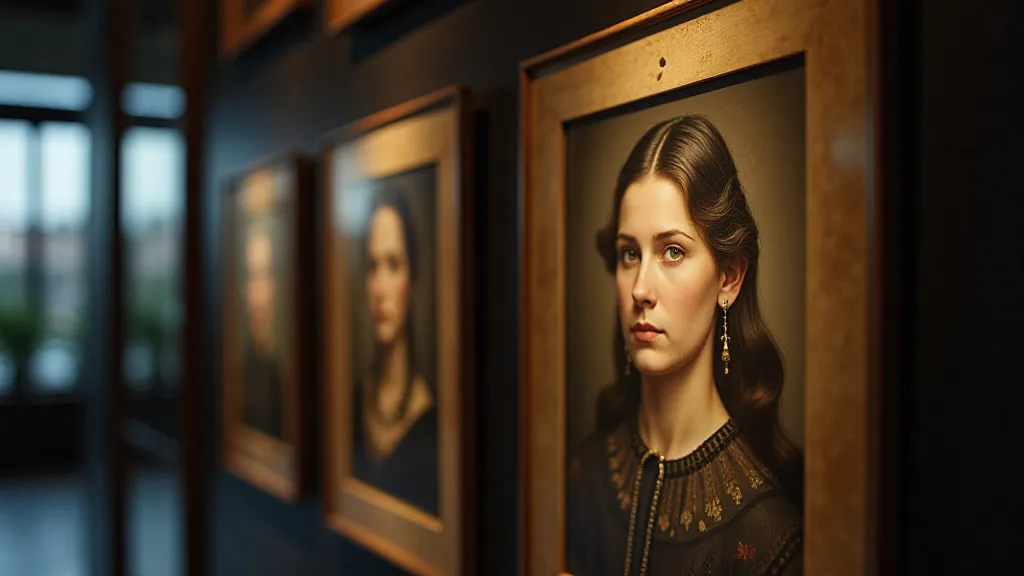
The Collector's Perspective: Understanding Degradation
For collectors of Victorian photography, understanding the mechanisms of degradation is crucial. While conservation efforts can slow down the process, they cannot entirely halt it. Light exposure is a primary culprit, as UV radiation breaks down the dyes and pigments. Handling the prints can also cause damage, as oils from the skin can react with the photographic materials. Storage conditions are paramount – cool, dark, and dry environments are essential. Framing with UV-filtering glass can provide an additional layer of protection.
The presence of "cast," a brownish discoloration across the surface of the image, is a common indicator of age and degradation in albumen prints. This is often caused by chemical reactions within the silver compounds. Careful examination, often requiring a loupe or magnifying glass, can reveal subtle clues about the print's history and condition. The value of a Victorian photograph isn't solely determined by its aesthetic appeal, but also by its state of preservation – a delicate balance between artistry and decay.
Beyond Restoration: Appreciating the Imperfect
While restoration and conservation efforts can certainly improve the appearance of faded photographs, there's also a compelling argument for preserving the “patina” of age. The faded colors, the subtle imperfections, the faint traces of handling – these are all part of the photograph’s story. They are testaments to its journey through time, connecting us to the past in a tangible way.
There’s a profound beauty in accepting the impermanence of these fragile treasures. It’s a reminder that all things are fleeting, that even the most carefully crafted works of art are subject to the relentless forces of time. And perhaps, it's in this fragility, this vulnerability, that we find the truest measure of their value – not just as images, but as poignant echoes of a bygone era, whispering tales of artistry, perseverance, and the enduring human quest to capture a fleeting moment in time.
